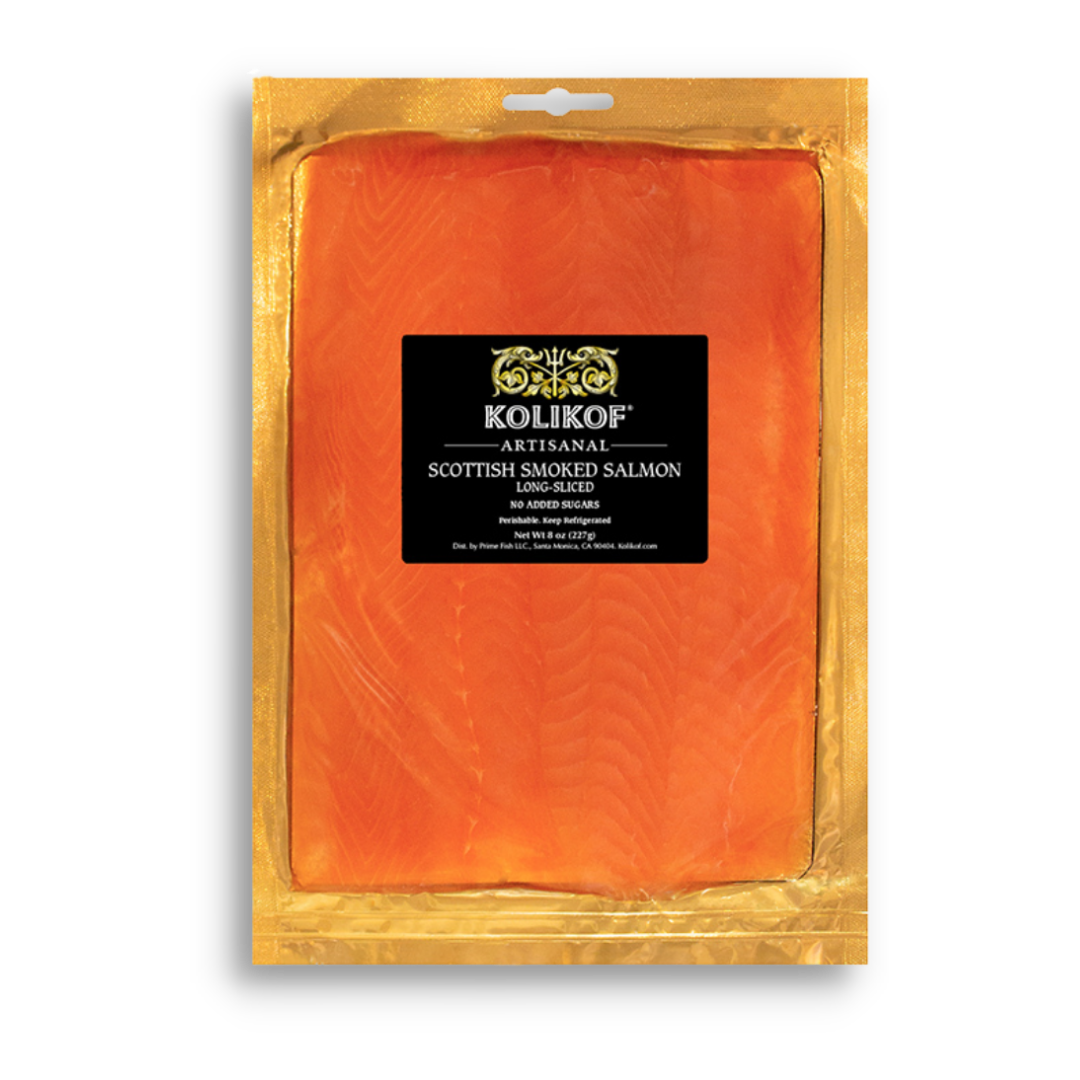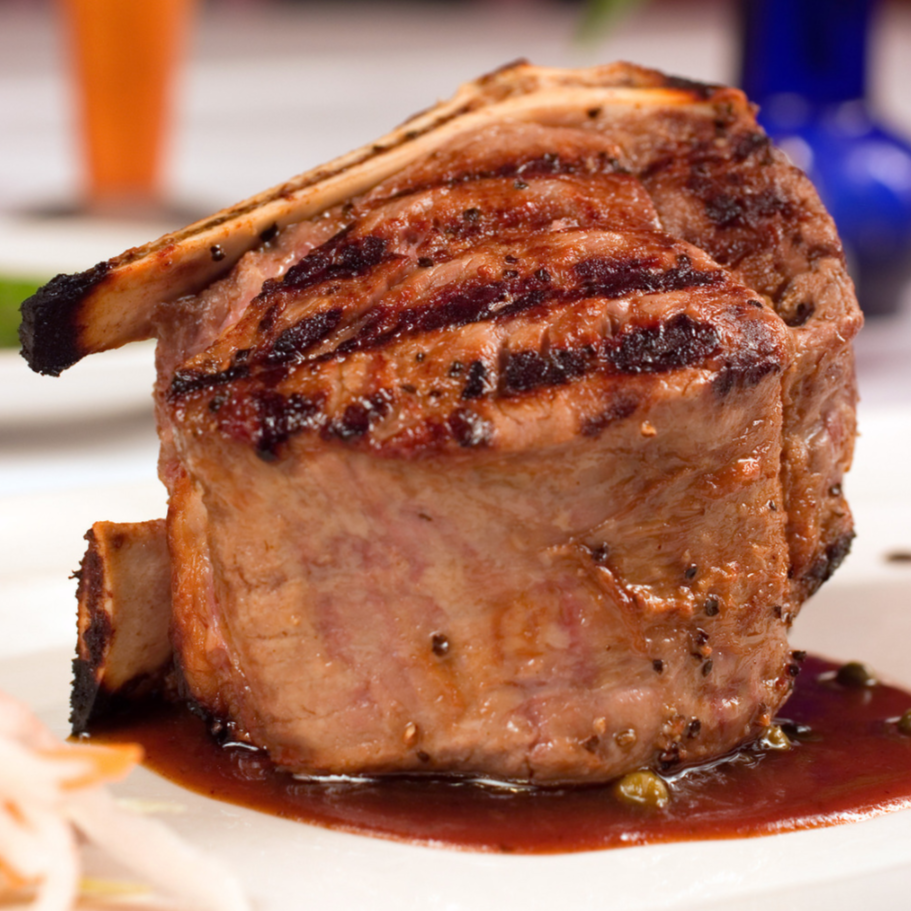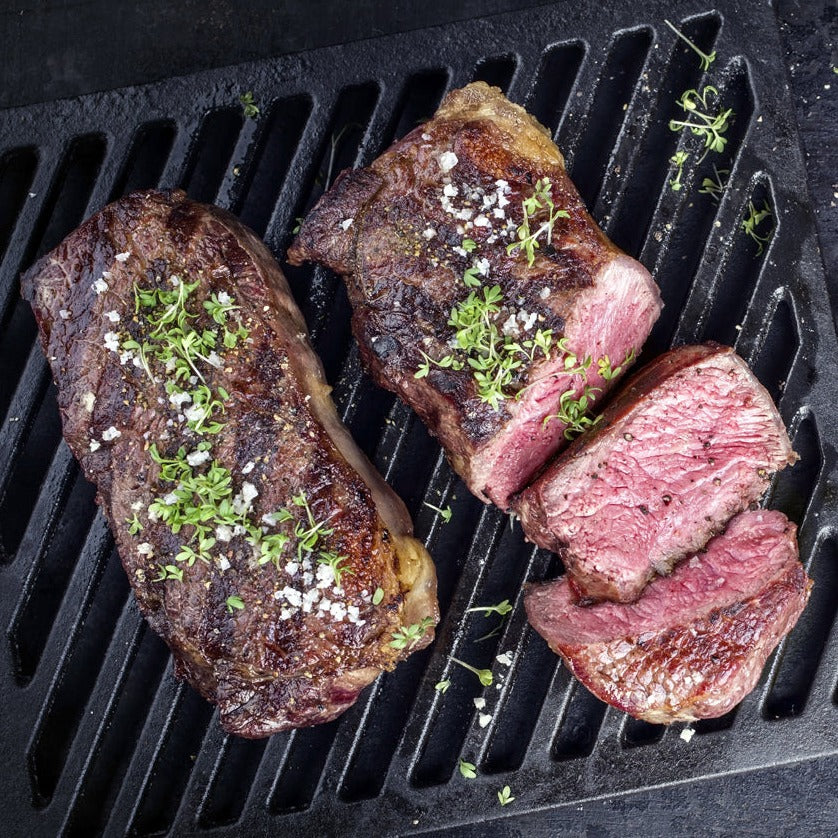What’s the Difference Between Langoustine and Lobster?
When it comes to impressive seafood, lobster is always on the list of seafood delicacies. Many people may not know that langoustines, a cousin to lobster, rank even higher on the list. So, what is the difference between langoustine and lobster? Read along to see the differences between the two luxury seafood treats.
A Brief History of Lobster
Lobsters did not always have the reputation of being a high-end piece of seafood. The shellfish was once known as food for the lower class. During colonial America, it was common to see heaps of lobsters washed ashore. With the abundance of shellfish on shores, it became commonplace for the poor to pick them up for meals. However, little to their knowledge, the lobsters were already dead and spoiled by the time they were eaten, causing them to have a bad reputation.
When the cooking process for the lobster was sorted out, the reputation of the shellfish completely changed. The once abundant piece of seafood turned itself around to become a true delicacy and a high-class meal.
Today, different varieties of lobsters can be found all around the world. Lobsters, also known as Homarus americanus, have an average weight of 1-2 pounds and are typically 1 foot in length. The animals have a diet of mainly fresh seafood like fish, clams, and mussels. While lobsters are known for their signature red shell, that color doesn’t appear until the lobster is cooked. While living in the ocean, the crustaceans can be a variety of colors. Many lobsters are blue, greenish-brown, rusty orange, pale yellow, or even gray.
What are Langoustines?
Langoustines may be small in size but pack in a huge flavor. The crustaceans have many nicknames, such as Dublin Bay prawns, Norway lobster, and Scampi. Langoustines are a fraction of the size of a lobster. The shellfish, also known as Nephrops norvegicus, are typically about 10 inches when fully grown, just a little bigger than a crawfish. While langoustines and lobsters come from the same family, they often look more like large shrimp than they do lobsters.
While langoustines are found all over the world, the most coveted come from the northeastern Atlantic Ocean near the coast of Iceland, Norway, and Scotland. The species also live further south near Portugal, however, chefs tend to favor the shellfish found in the icy waters. Because the little creatures are so coveted, the British government and the European Union have restrictions on catching and selling the shellfish. The regulations have caused a chain reaction, driving up the price of the highly desired shellfish.
Langoustines and lobsters are caught similarly, however, langoustines are much more difficult to transport. The small shellfish are extremely perishable and have a complicated shipping process. They must be kept alive and shipped in individual compartments since being with other langoustines can cause deep distress. The despair can impact the quality of the crustacean. If the animals spoil before they are killed, they turn black and mealy in a process called autoconsume, ruining the quality of the meat and making them inedible.

What Part of a Lobster Can You Eat?
While the whole lobster is edible (excluding its harder exoskeleton), the most popular cut of the lobster tends to be the claw, head, and tail. The tail features a large amount of meat, while the claw meat is less abundant. Lobster claw and knuckle meat tends to be softer when eaten due to less movement from the lobster.
Meat from the tail can sometimes have a chewy bite due to the frequent use of the body part. However, it has the most meat and is easiest to abstract from the animal, making it the most popular cut. Other parts of the lobster, such as the head and body contain succulent meat. However, it is much harder to retrieve the smaller pieces when eating.
What Part of a Langoustine Can You Eat?
Langoustines are known for some of the sweetest meat in the seafood community. Unlike the lobster, the meat from langoustines basically only comes from the tail.
The small piece of meat gives off a bold flavor that is often sweet, succulent, and rather complex. To get the most out of the langoustine, it is best to break off the head and squeeze out the sides of the tail to get out all the sweet meat.
What Does Lobster Taste Like?
While lobster falls into the shellfish category, the meat from a lobster tends to have a less fishy quality to it. The meat has sweet, salty, and briny notes that need little seasoning. The tail of the lobster tends to be the most flavorful because it is the largest piece of meat on the body.
What Do Langoustines Taste Like?
Langoustine meat is similar to lobster meat in texture but more luxurious. The meat from the tail of the crustacean tends to be sweeter than traditional lobster meat. The meat also has a firmer texture. Many see langoustines as the refined, high-end cousin when comparing the two pieces of shellfish.

How to Cook a Lobster
Cooking a lobster can be slightly intimidating, as they need to be kept alive. Keep the lobster in a cool place, such as the crisp draw in your refrigerator. It’s best to cook the lobster as quickly as possible, however, it can be kept for several days out of water if need be.
When ready to cook the lobster, set it in the freezer for about 30 minutes to stun it. Then, place it in a pot of boiling water, putting the head in first. A lobster can also be cooked in a steamer, on a grill, or by broiling it in an oven.
How to Cook Langoustines
Langoustines have a similar cooking method to their close cousin, the lobster. The best way to retain their sweet flavor is to stun them in the freezer for about 30 minutes and then place them into a pot of boiling water. Unlike lobsters, langoustine shells don’t change colors during the cooking process. Langoustines keep their signature pink-orange shell color throughout their lifetime. Because of this, it might be hard to know when the shellfish are ready. Check the underside of the tail and look for a white color to see if they are cooked thoroughly.
Like lobsters, langoustines can be prepared in other ways as opposed to boiling. Pan-frying, grilling, or poaching in a sauce is another alternative to preparing the sweet pieces of shellfish.
Where to Buy Lobster and Lobster Tails
Lobster can be purchased in grocery stores, specialty markets, fishmongers, and online retail luxury stores like Kolikof Caviar and Gourmet. Our store sells a variety of lobsters, both whole and in pieces.
Our European Blue Lobster gives you the full lobster experience. If you are interested in just the meat, our popular cuts of tails, such as the South African Lobster Tails, Tristan Lobster Tails, and Australian Lobster Tails, are excellent buys.
For those wishing to cut out all the work when it comes to lobster, our 2-pound Cooked Lobster Tails are ready to be eaten as soon as they hit your doorstep.
We take great care of our products and send them frozen and ready to use. Many of our products are flash-frozen to ensure freshness when they reach your door.
Where to Buy Langoustines
Langoustines are more complicated to come by than traditional lobster. The shellfish delicacy can be rather pricey due to the limitations on the fishing regulations and delicate care for transport. Specialty markets, fishmongers, and luxury stores like Kolikof Caviar and Gourmet are excellent suppliers to purchase langoustines. Kolikof’s Wild Caught New Zealand Langoustine are a popular option for those looking to delve into the seafood realm.
Our 1-pound langoustine tails are sustainably caught and sent directly from Norway. Each piece is hand-selected to ensure a high-quality taste that meets our luxury standards. From Norway, the tails are sent directly to you raw and frozen, and ready to go without any butchering needed before cooking.









